By Choekyi Lhamo
DHARAMSHALA, Jan. 26: Despite the ongoing border tension between India and China, imports from China reached nearly $100 billion for the first time in 2021, a record surge for trade exchange between the two Asian giants. The 2020 Galwan valley incident where 20 Indian troops lost their lives sparked numerous debates in the Indian population about the boycott of Chinese goods, followed by the Indian government’s ban on scores of popular Chinese apps including WeChat, PubG, Tik Tok among others.
According to China’s General Administration of Customs (GAC), exports to India reached $97.52 billion in 2021, while the two-way trade exchange touched $125.66 billion. The biggest jump has been seen in the shipment of electric and electronic goods including smart phones, and a wide range of industrial and pharmaceutical raw materials. Despite the worsening political relations with China, India is yet to decrease its reliance on the so-called ‘factory of the world’ i.e. China.
The Chinese state-run Global Times in a report also noted the economic dependency of India on Chinese market, “An increase in China-India trade in 2021, which reached a record high, surpassing $125 billion, amid bilateral tensions, is just another piece of proof that New Delhi is unable to reduce its dependence on the Chinese market.”
According to India’s Department of Commerce, India’s imports from China reached $87.5 billion, whereas bilateral trade stood at $114.30 billion, 10% lower than the data published by the Chinese government. India’s trade deficit with China in 2021, according to the provisional figures, stood at $61 billion compared to $39 billion in 2020.
“India’s overall relationship with China seems to mirror the US-China relationship, in which economic and political relations have their own distinct dynamics,” economist and Professor Biswajit Dhar from JNU told The Print.
The border standoff between the Indian and Chinese troops erupted on May 5, 2020 following a violent clash in the areas near Pangong Lake at the Indo-Tibet border. Both sides have enhanced their deployment by rushing in tens of thousands of soldiers and heavy weaponry at the site. As for the de-escalation process, the two sides held the 14 round talks on January 12 to resolve the standoff in the remaining areas and also agreed to hold a new round of talks soon. While the stern posturing against China by New Delhi diplomatically have managed optics, observers say that its trade numbers with China suggest a different story.


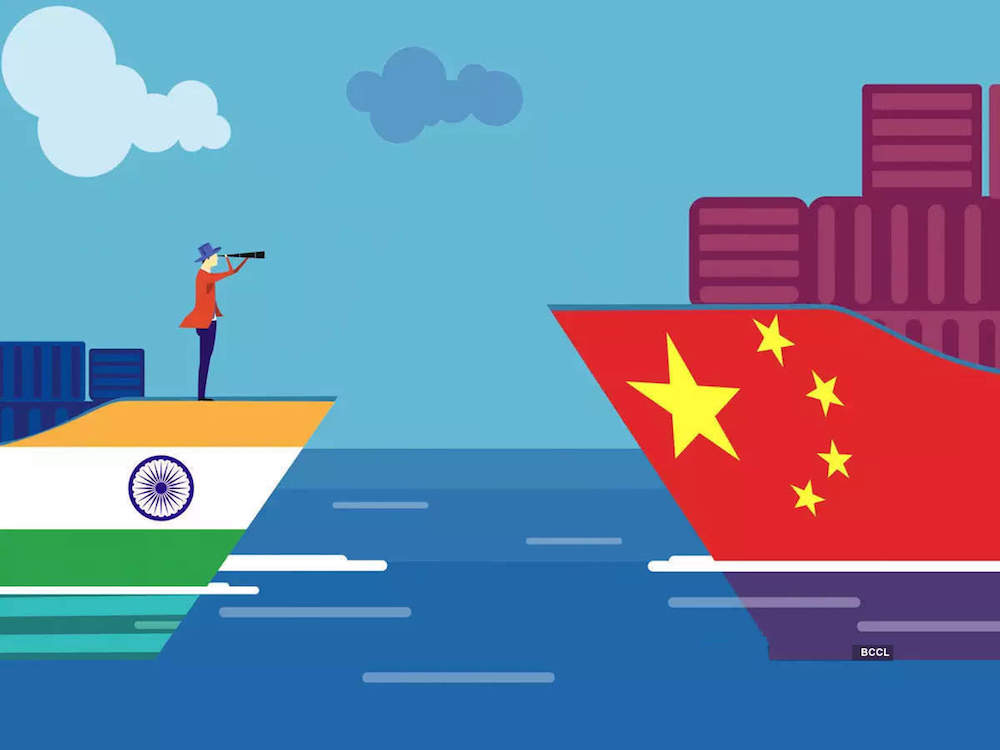




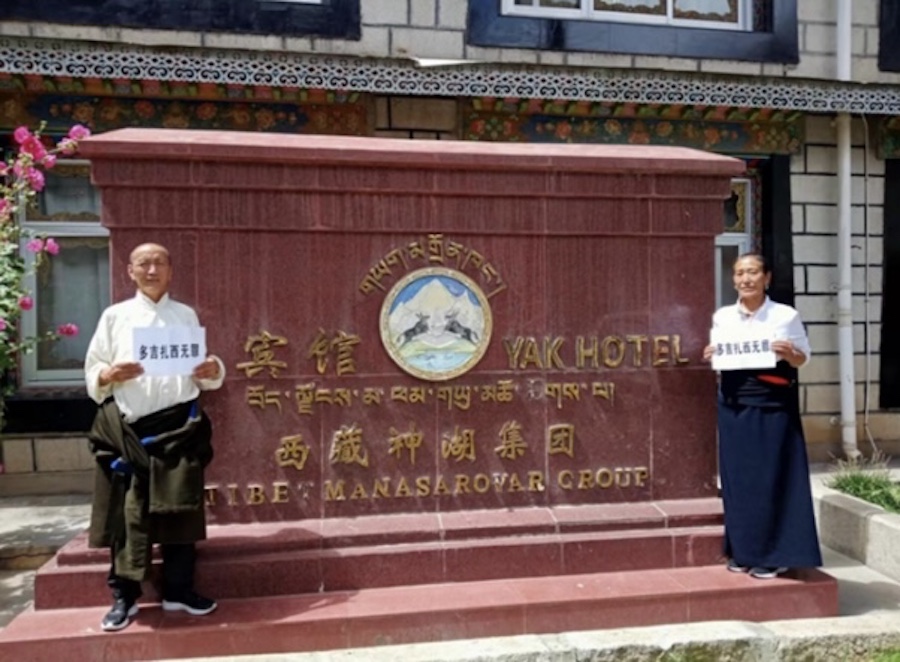
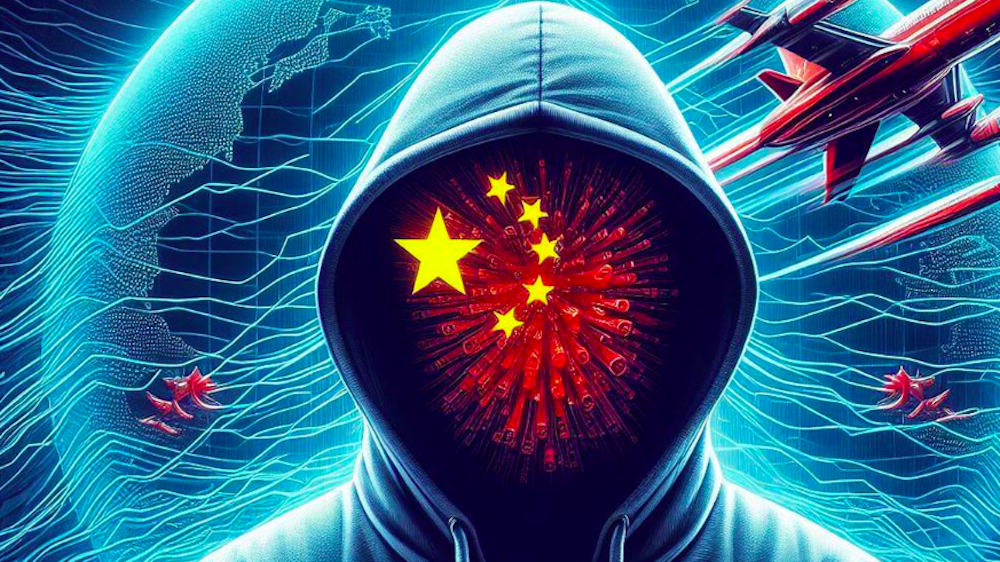
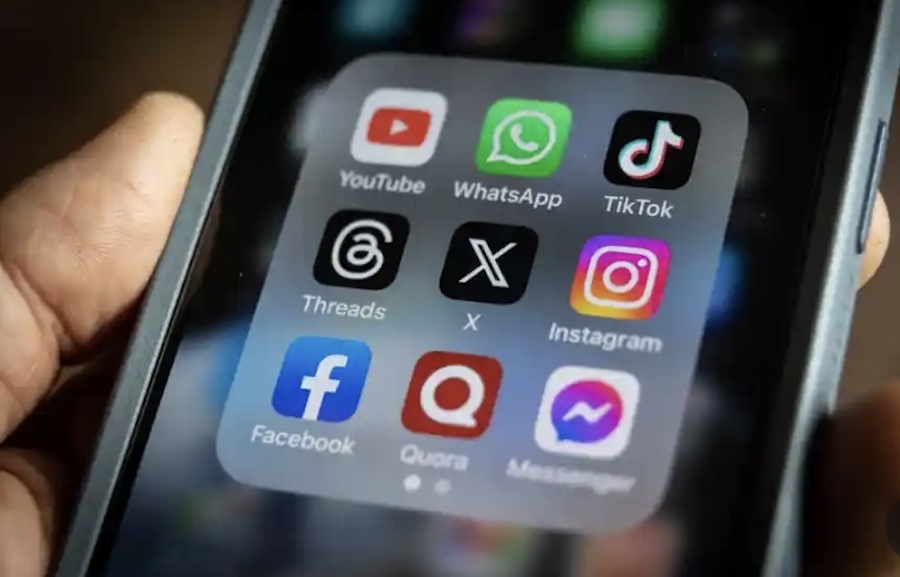
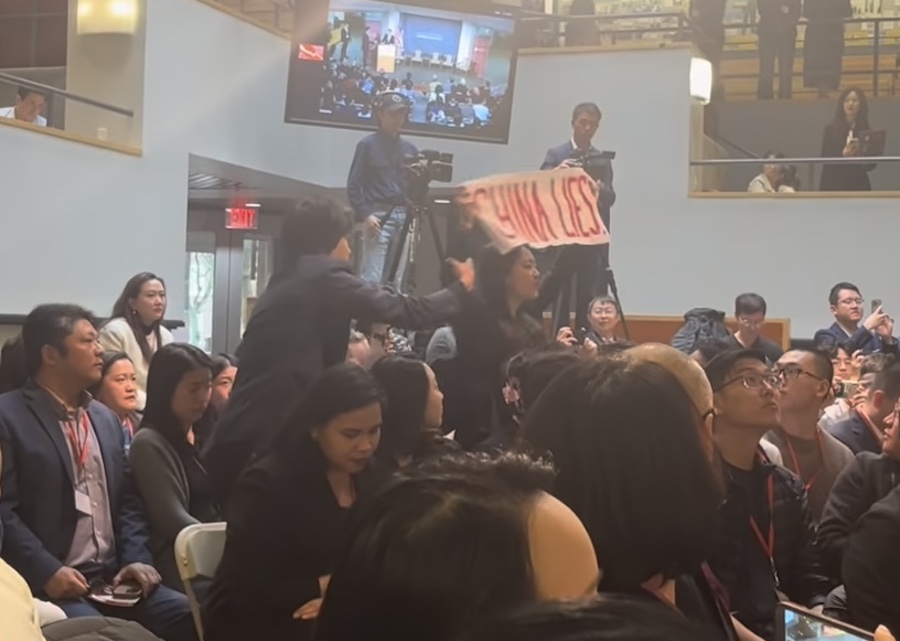
3 Responses
Politic is also trade and trade only conduct with similar position. No one is behind Tibet and do not even try to persuade anyone. Both giants know thousand times better than us when they do political trade. Remember late Prime Minister Bajpai who we thought great supporter of Tibet but when he became Foreign Minister, he announced Tibet a part of China from Peking. When he became BJP Prime Minister he signed a deal to recognize formally Tibet a part of China with the expectation of counter acceptance of Sikkim and Arunachal a part of India. But CCP did not sign any deal accepting them a part of India. India lost on that political trade. India may accept exile government for her defense if CCP attacks New Delhi or Shimla. However, CCP has no interest to attack these two regions because they are historically proper India without any controversy. We, Tibetans are dreaming a lot and hoping something that is unrealistic. On political ground, Pandit Nehru, and Lal Bhadur Shastri offered unconditional political support to secure Tibetan nationality but Pandit’s genuine support was ignored in late 1940’s by Tadrag Rinpoche led Tibetan government and Shastri’s support wasn’t favored by our national destiny. His Holiness with no option to regain complete independence, he accepted Mr. Deng’s offer to give up seeking independence. Today, China has toppled all her counter enemies and has no enemies. Hong kong’s democracy eliminated within three decades and no one dare to rescue her from CCP invasion of freedom. Now CCP’s second last mission is Taiwan and no one will protect if CCP start real war. CCP’s last resort is Himalayan regions and once they are taken back then according to CCP, the entire territory that belongs to CCP are restored. Will CCP be sooner or later overcome with her mission, I think, there is a lots of possibilities. We respect and feel gratitude of India’s support to Tibetan refugees on humanitarian grounds but when it comes to political trade, I am totally uncertain.
Appeasement with China at this stage of India’s independence is not at all serving India’s rightful place in this world. Our parents brought the raw messages of CCP to India from Tibet. In this 21st century, Communist China has occupied thousands of miles of Indian territory. They are now in Nepal, Bhutan, Burma, Pakistan, Sri Lanka and more. Most astonishing thing is CCP militarized thousands of miles of Indo-Tibet Border! Well, all were accomplished because India and the West Bankrolled CCP. Now, India is paying in blood to secure the border. India must recognize Tibetan government in exile and Taiwan. Must pressure Nepal and Sri Lanka to distance themselves from CCP. India has the power. How long will it take to unleash it?
As per the expansionist policy of Chinese Communist Party, China is currently eyeing over Doklam(Sikkim) Ladakh and Arunachal Pradesh,. I hope India boldly deal with the situations and showcase its image of powerfulness & democratic values in Asia.